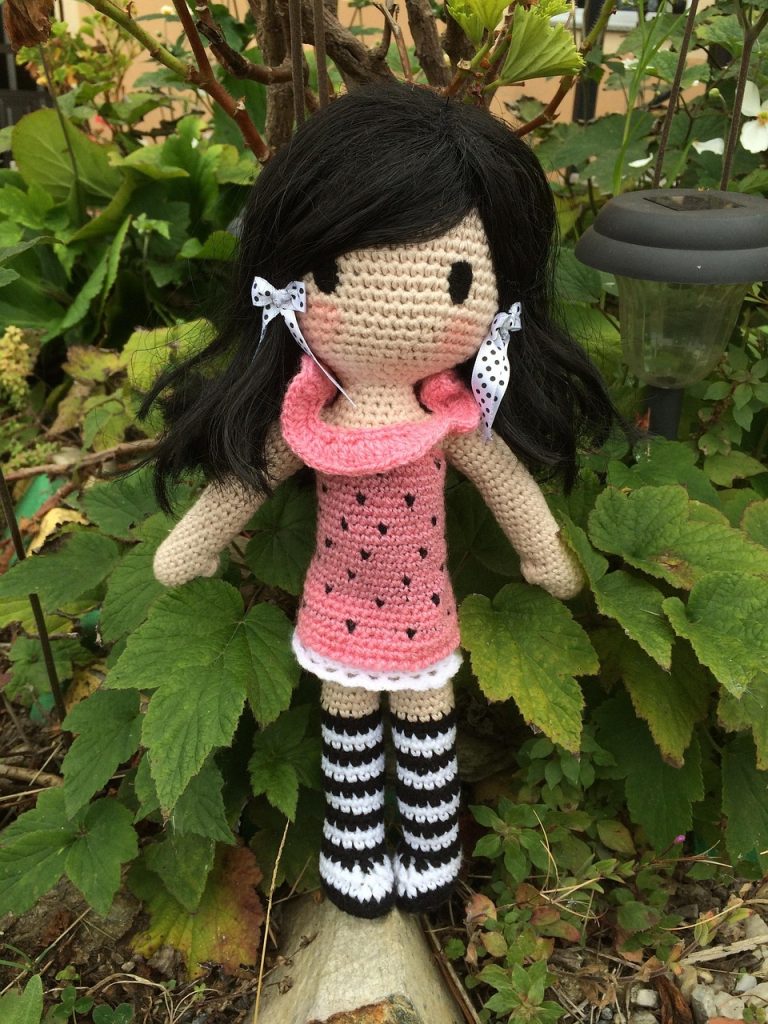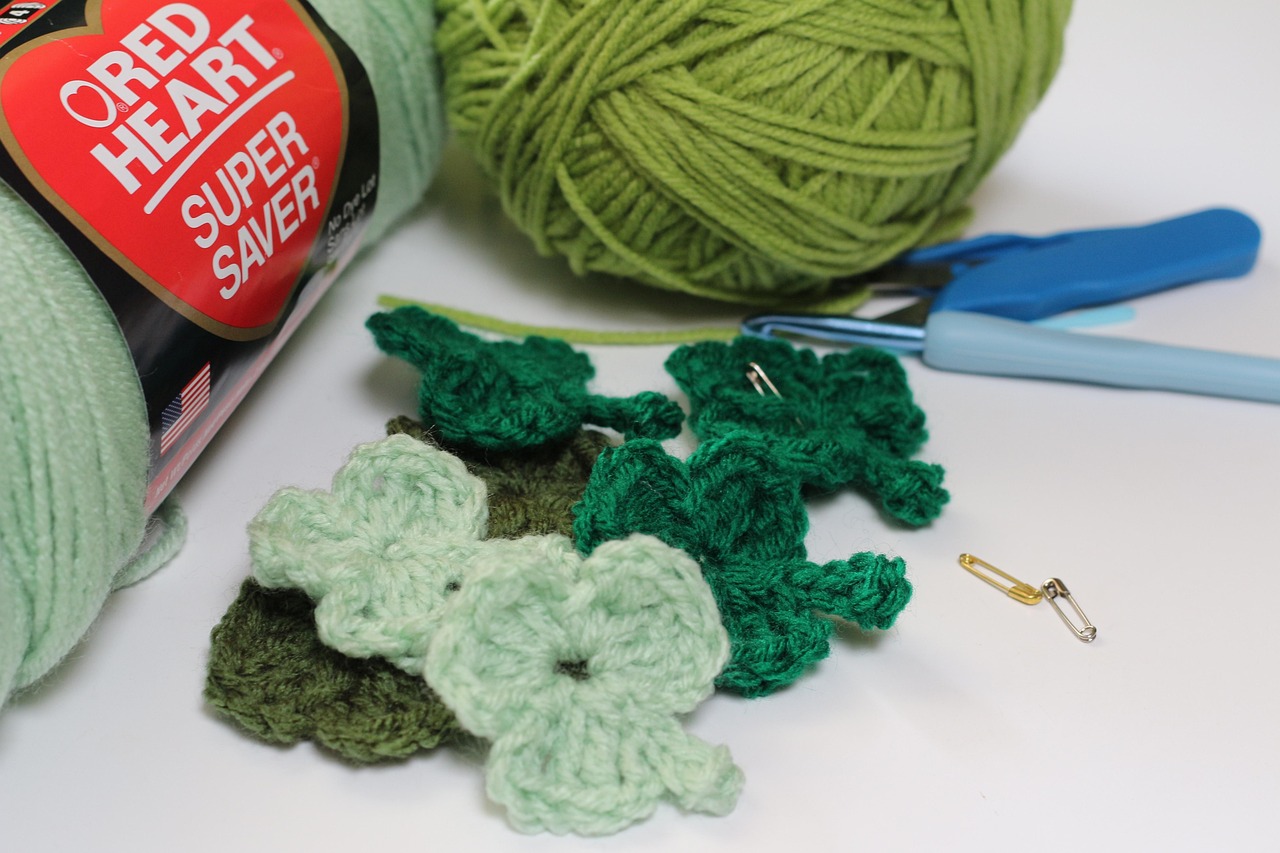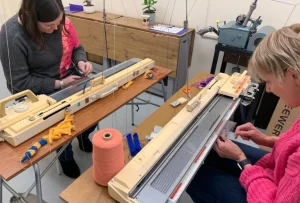Want to learn crochet? This art is more than just a craft—it’s a relaxing hobby, a timeless, rewarding, a creative outlet, and a rewarding skill that allows you to create stunning handmade items. Whether you want to crochet stylish scarves, cozy blankets, intricate doilies or home decoration, trendy clothing, or potential business opportunity, learning to crochet is a fantastic skill to acquire and this guide will take you from a complete beginner to a confident Crocheter.
In this comprehensive guide, you’ll discover everything you need to know to start your crochet journey, including essential tools, beginner friendly techniques, and tips to help you improve quickly.
Why Learn to Crochet?
Before diving into the techniques, let’s explore why learning to crochet is worth your time. Crocheting has numerous benefits beyond making beautiful creations:
- Stress Relief: The repetitive motions of crochet help calm the mind and reduce anxiety. Also the rhythmic motion of crocheting has been shown to reduce stress and promote relaxation.
- Creativity Boost and Self expression: You can experiment with colors, patterns, and designs. Also it allows you ring ideas to life, and create unique designs.
- Cost-Effective: Crocheting your own accessories can be more affordable than buying them. With just a hook you can create countless handmade items.
- Handmade Gifts and business opportunities: Nothing beats a personalized, handmade gift you can as well turn your passion to business
- Sustainable Fashion: Crochet lets you craft eco friendly clothing and accessories, reducing waste and promoting slow fashion.
Learn more about the art of knitting and crocheting.
Learn to Crochet: Essential Supplies for beginners
Before picking up your first project, or begin to crochet gather these essential supplies:
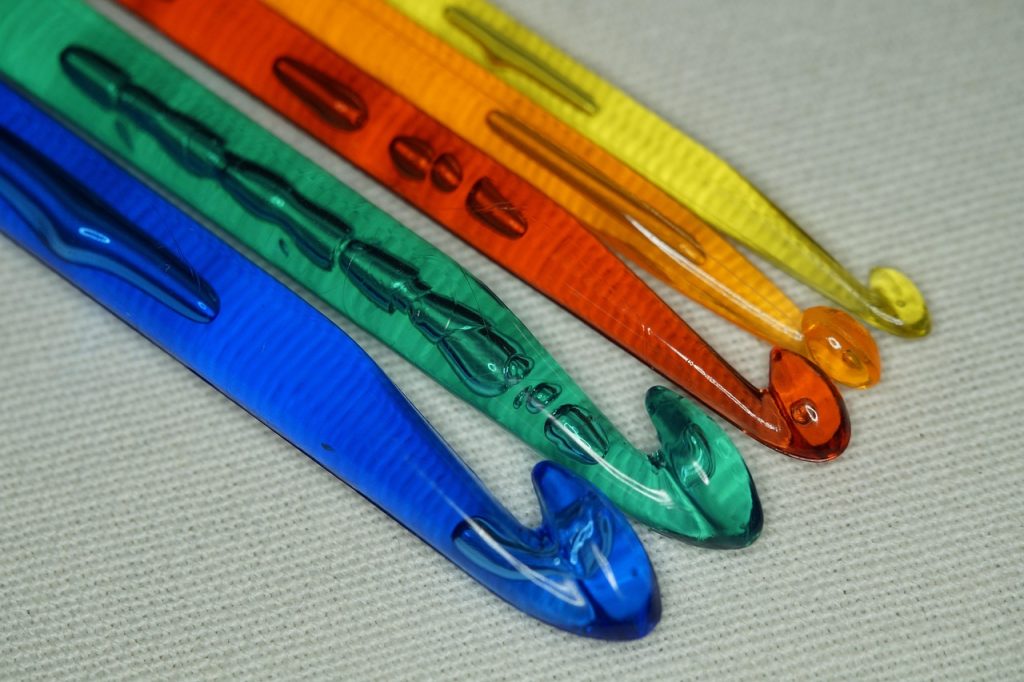
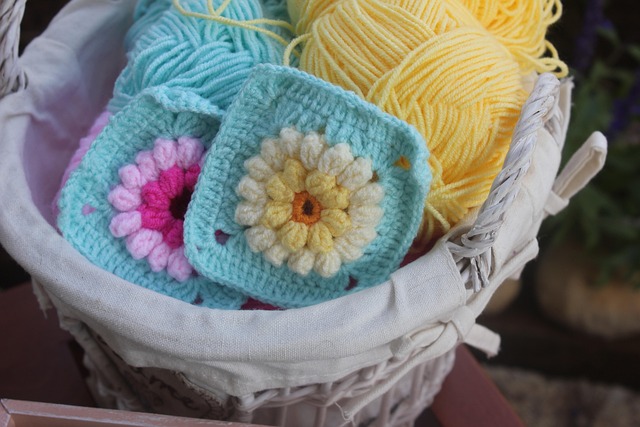
- Yarn: Choose a soft, medium-weight yarn (also called worsted weight yarn) in a light colour. Dark colours can make it harder to see stitches. Acrylic or cotton yarn is ideal for beginners.
- Crochet Hook: Crochet hooks come in different sizes and materials, including aluminum, plastic, and bamboo. For beginners, a 5mm (H-8) is great for starting point as it works well with medium weight yarn.
- Scissors: Sharp scissors to cut the yarn cleanly.
- Tapestry Needle: For weaving in ends.
- Measuring Tape: Useful for sizing projects.
Learn to Crochet with these Basic Crochet Stitches for Beginners
Once you have your supplies, it’s time to learn to crochet with these fundamental stitches:
- Slip Knot: This is the starting point for almost every crochet project. Make a loop through the yarn and pull a second loop through the first and tighten it around the hook
- Chain Stitch (ch): Forms the foundation of most patterns, the chain stitch is created y wrapping the yarn over the hook and pulling it through the loop.
- Single Crochet (sc): A basic and sturdy stitch, it is one of the simplest stitches used for making dish cloths and scarves.
- Double Crochet (dc): A versatile stitch commonly used for blankets and shawls. it is taller than single crochet. To do this you yarn over and insert hook into the stitch, yarn over again and pull through the remaining two loops.
- Half-Double Crochet (hdc): A mix between single and double crochet.
- Slip Stitch (sl st): Used for joining stitches together.
How to Start Crocheting: Step-by-Step Guide
Step 1: Holding the Yarn and Hook
Hold the crochet hook in your dominant hand like a pencil or knife. Use your other hand to guide the yarn.
Step 2: Making a Slip Knot
Create a loop with your yarn, pull the working end through, and tighten around the hook.
Step 3: Creating a Foundation Chain
- Yarn over and pull through the loop to form chains.
- Practice making a chain of at least 20 stitches.
Step 4: Learning Basic Stitches
- Insert the hook into the second chain from the hook.
- Yarn over, pull through, and complete the stitch based on the type you’re practicing.
Step 5: Turning Your Work
At the end of the row, chain 1 (for single crochet) or chain 2 (for double crochet), turn your work, and begin the next row.
Easy Crochet Projects for Beginners
Start with simple projects to build confidence:
- Dishcloth: Uses basic stitches and is practical. Also this is a small project that helps you practice tension and stitch consistency
- Scarf: A straightforward rectangle that helps you master stitch consistency. It can be done using only chain and double crochet stiches
- Coaster: Small and quick, perfect for practice.
- Headband: A simple loop that introduces shaping. It is a stylish and functional accessory to practice different stitch pattern.
Find beginner-friendly crochet patterns here.
Common Crochet Mistakes and How to Fix Them
- Uneven Edges: Count your stitches to ensure consistency.
- Uneven Tension: This refers to how tightly or loosely you hold your yarn.
- Too Tight or Loose Stitches: Adjust tension by practicing different grips.
- Skipping Stitches: Always check before moving to the next row.
- Losing Your Place in a Pattern: Use stitch markers to track progress.
- Not counting stitches: Crochet patterns often require specific stitch counts.
- Choosing the wrong yarn: Some yarns are too slippery for beginners. Always start with a smooth light coloured worsted weight yarn.
Where to Find Free Crochet Patterns
There are numerous online resources for free patterns:
Final Tips for Mastering Crochet
- Practice Daily: Even 10 minutes a day improves skills the more you’ll practice, the better you get.
- Join a Crochet Community: Engage with others for motivation and support on social media or local craft groups to exchange ideas and get support.
- Experiment with Different Yarns and hooks: Try cotton, wool, or acrylic. This will help you know what work best for different projects.
- Follow Video Tutorials: Watching someone crochet can help understand techniques better as stiches are demonstrated step by step.
- Start small and progress gradually: begin with simple patterns and gradually challenge yourself with more complex projects.
Crocheting is a fun and fulfilling skill that allows endless creativity. With patience and practice, you’ll be making beautiful handmade items in no time. Grab your hook and yarn—happy crocheting!
